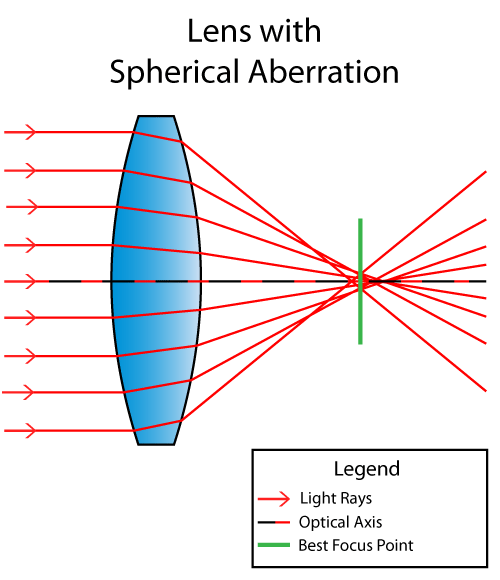

Discrimination contours were then determined based on the variability of the matches along these lines. The color of the other half-field had to be adjusted along one of several lines defined in the 1931 CIE chromaticity diagram until it matched the test color.

The color of one half-field was fixed and defined the test or the reference color. In his study, observers viewed a bipartite field. MacAdam measured chromatic discrimination based on the standard deviation of color matches. For a long time, the data set collected by MacAdam ( 1942) has guided the effort to find equations for an easy, straightforward calculation of color differences. It has been in the focus of interest not only to elucidate the mechanisms underlying color vision, but also to predict whether two colors can be discriminated by an average observer or not. The study of chromatic discrimination has a long history (MacAdam, 1942 Schrödinger, 1920 Stiles, 1959 von Helmholtz, 1867 Wright, 1941). Our results show that discrimination of chromatic textures, either synthetic or natural, differs from that of simple uniform patches when the chromatic variation is centered at the adaptation point. The effect of the chromatic texture on discrimination seemed to be masked by the overall increase in discrimination thresholds. Away from the adaptation point, no significant differences between the different stimulus classes were found. Away from the adaptation point, discrimination thresholds increased and threshold ellipses were elongated along the contrast axis connecting adapting color and test color. Similar effects occurred for synthetic stimuli. At the adaptation point, discrimination for natural objects resulted in threshold contours that were selectively elongated in a direction of color space matching the chromatic variation of the colors within the natural object.

Discrimination was measured at the adaptation point, where the mean chromaticity of the test stimuli was the same as the chromaticity of the adapting background, and away from the adaptation point. Here we study chromatic discrimination for natural images and synthetic stimuli with a distribution of different chromaticities under various states of adaptation. Instead, they have a chromatic texture, that is, a distribution of different chromaticities. Surfaces of natural objects, however, cannot be characterized by a single color. Studies of chromatic discrimination are typically based on homogeneously colored patches.


 0 kommentar(er)
0 kommentar(er)
